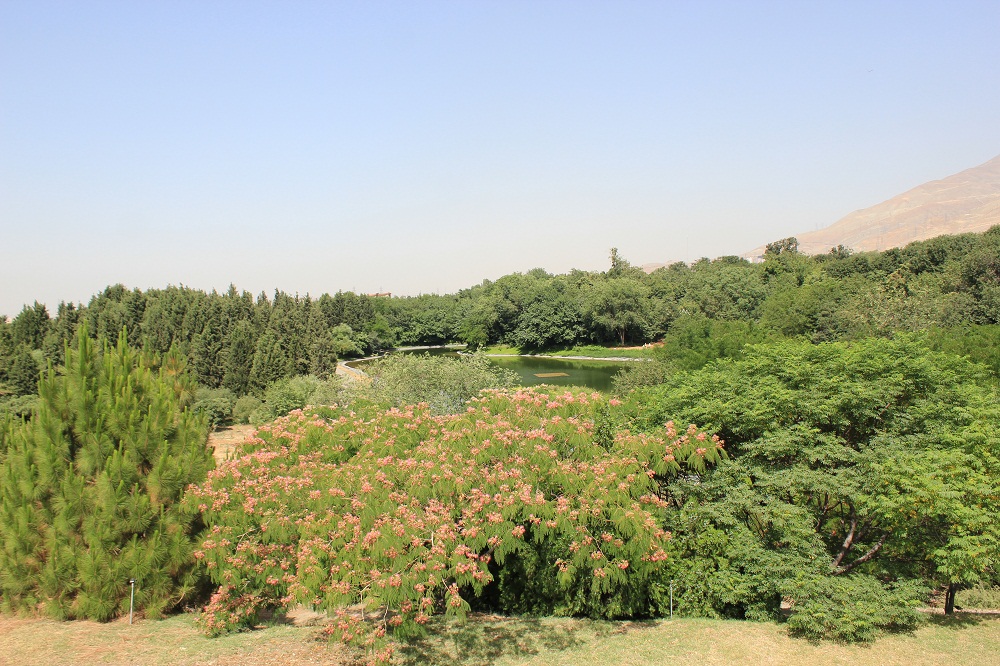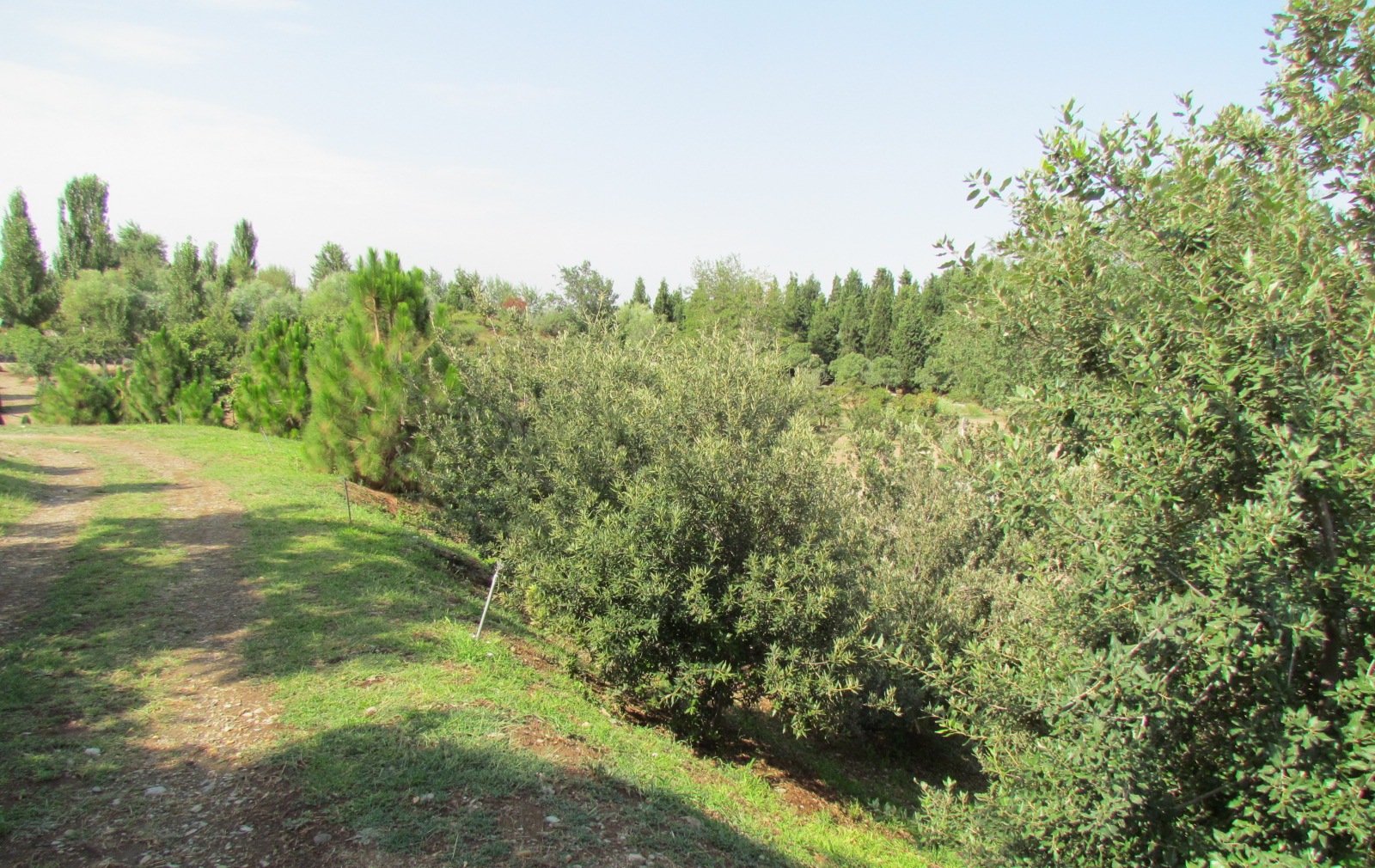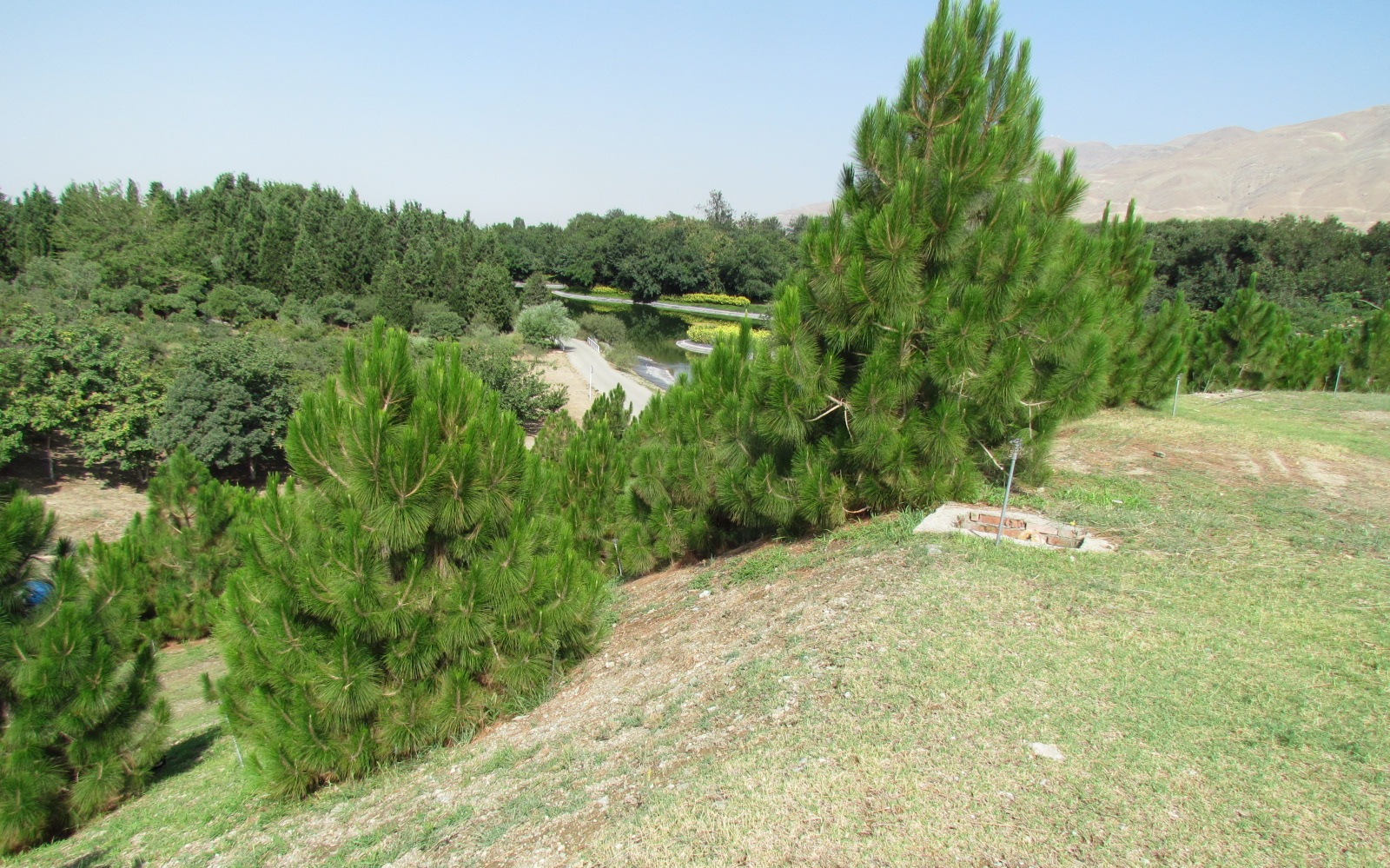Introducing to the Himalaya Collection at the National Botanical Garden of Iran
The Himalaya collection at the National Botanical Garden of Iran was established over an
area of approximately 3 hectares on the eastern side of the garden. The topography was shaped by forming five hills, a process that began in 1989. After adjusting the slope of the hills, 200 large granite boulders from the mountains of Taleqan were transported to the garden in 2003 and 2004. These rocks were symbolically placed along the slopes to represent the mountainous conditions of the Himalaya region, with efforts made to shape them as naturally as possible. The irrigation system was designed, and saplings were planted between 2004 and 2005. Due to significant challenges in sourcing plants compatible with the local environmental conditions, the planted species in this collection were chosen according to specific vegetation types.
The vegetation of temperate Himalayan regions, found at altitudes between 1,000 and 3,000 meters, includes oak and conifer forests and associated species. Therefore, by drawing inspiration from the natural Himalaya habitat, the Himalaya collection at the National Botanical Garden of Iran includes group plantings of coniferous and broad-leaved species. Currently, the coniferous plant community includes groupings of Cedrus deodara, and Pinus longifolia. The evergreen broad-leaved community comprises a cluster of Quercus ilex, while the deciduous broad-leaved community includes Albizia julibrissin, Populus ciliata, Punica granatum, and 64 other tree, shrub, and herbaceous species native to the Himalayas.
 باغ گیاه شناسی ملی ایران | موسسه تحقیقات جنگل ها و مراتع کشور
باغ گیاه شناسی ملی ایران | موسسه تحقیقات جنگل ها و مراتع کشور




